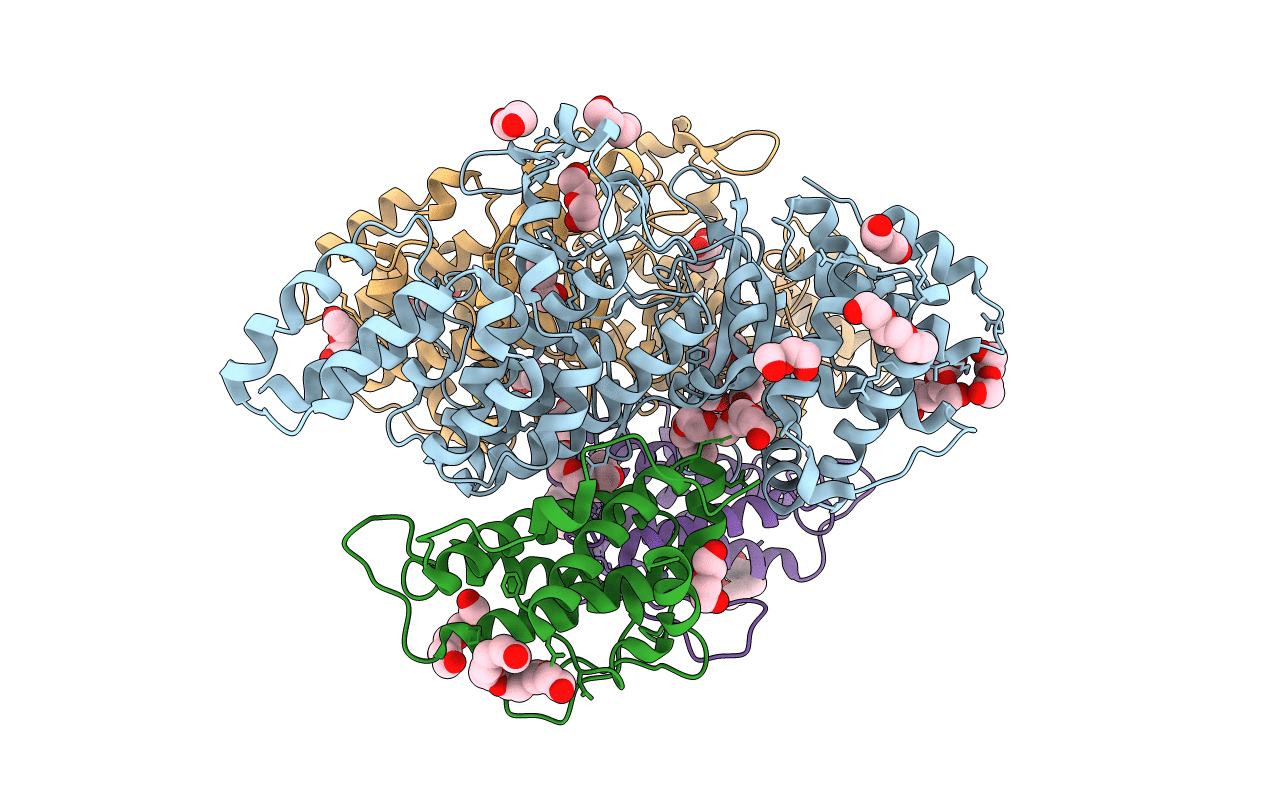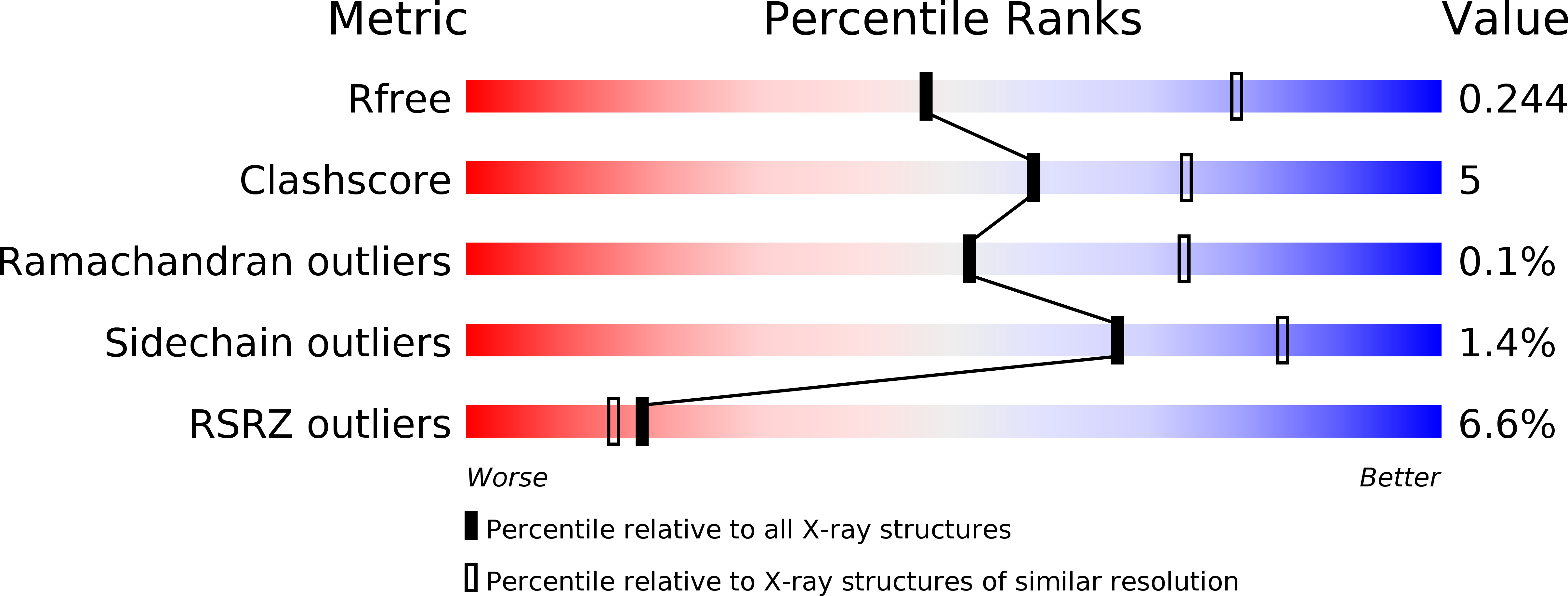
Deposition Date
2018-09-01
Release Date
2019-09-04
Last Version Date
2024-03-13
Entry Detail
PDB ID:
6MCQ
Keywords:
Title:
L. pneumophila effector kinase LegK7 in complex with human MOB1A
Biological Source:
Source Organism:
Legionella pneumophila subsp. pneumophila (Taxon ID: 272624)
Homo sapiens (Taxon ID: 9606)
Homo sapiens (Taxon ID: 9606)
Host Organism:
Method Details:
Experimental Method:
Resolution:
2.57 Å
R-Value Free:
0.24
R-Value Work:
0.19
R-Value Observed:
0.20
Space Group:
C 1 2 1


